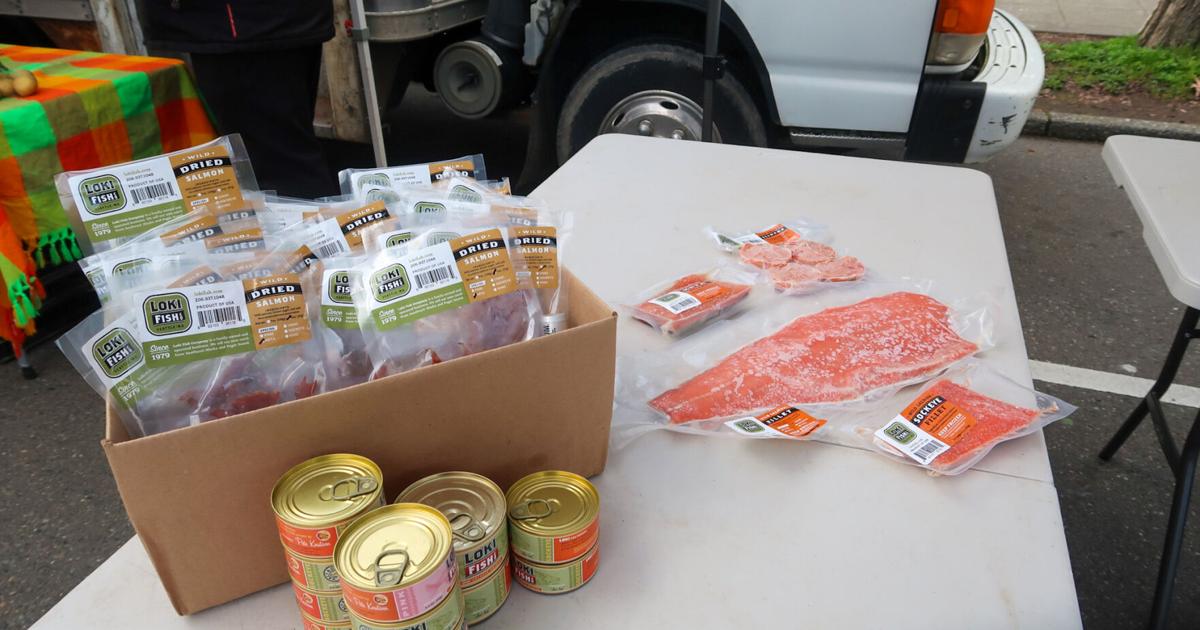By Liam Hughes
A blue streak darts down into the rainforest undergrowth, prior to reappearing with a a freshly caught gecko and revealing alone to be a Marquesas Kingfisher. This compact blue and white chook, known regionally as Pahi, is a single of two Critically Endangered kingfishers endemic to French Polynesia.
Traditionally discovered on two of the archipelago’s islands – Hiva Oa and Tahuata – it was the moment reasonably common, preferring deep rainforests inside the valleys of the islands, though they are also identified nesting in coconut and mango plantations. Having said that, like a lot of island endemics, the species’ fortunes adjusted at the time invasive species arrived.
Though early predation from launched rats and cats no question experienced an impression, the introduction of Good Horned Owls to Hiva Oa in 1927 – ironically an intentional endeavour by a church on the island to handle invasive rats – ultimately experienced the most devastating impact, and Marquesas Kingfishers are now very likely extinct on that island.
Fortuitously, the smaller sized outpost of Tahuata was spared from owls and is now the remaining refuge for the species. This 61-km2 island is not devoid of its own threats, nevertheless, which include things like predation and disturbance from invasive rodents, cats and Yellow Outrageous Ants, and the felling of big lifeless trees that Marquesas Kingfishers use for nesting. Together with these, there is the at any time-current chance that a Great Horned Owl may well journey across the limited, 4-km channel separating the two islands.
When the influence of these threats is mysterious, successive surveys instructed the species’ populace experienced practically halved to 261 birds from 2003 to 2017. These worrying declines prompted an in-depth research in 2020, which fortuitously approximated that just about 400 Pahi remain on the island – suggesting past surveys could have overestimated the scale of the drop. Additional surveys and interviews with area hunters also found the island continues to be no cost from Terrific Horned Owls, a different promising signal for the species.
In spite of these symptoms of optimism, it is however one of the most threatened species in the Marquesas archipelago and, since 2011, SOP Manu (BirdLife in French Polynesia) has been operating with area communities to protect the kingfisher, establishing an an NGO devoted to its security in 2020. Named Pahi te manu makivi o Tahuata (or Pahi, the beautiful bird of Tahuata), the organisation has lifted recognition of the species throughout its very last island dwelling. This calendar year, SOP Manu has also skilled numerous nearby group members to recognize the kingfisher and its nests, which will develop into a normal checking programme to learn more about this Critically Endangered chicken and the threats it faces.
“While populace figures seem stable, apart from surveys every couple yrs nothing was finished [to help] the species, particularly about its threats,” suggests María Igual, marketing consultant ornithologist for SOP Manu. “The hope is that the area NGO will elevate consciousness for the kingfishers among islanders, notably to study for Great Horned Owl arrivals, as well as functioning with coconut farmers to determine kingfisher nests and enable guard them.
